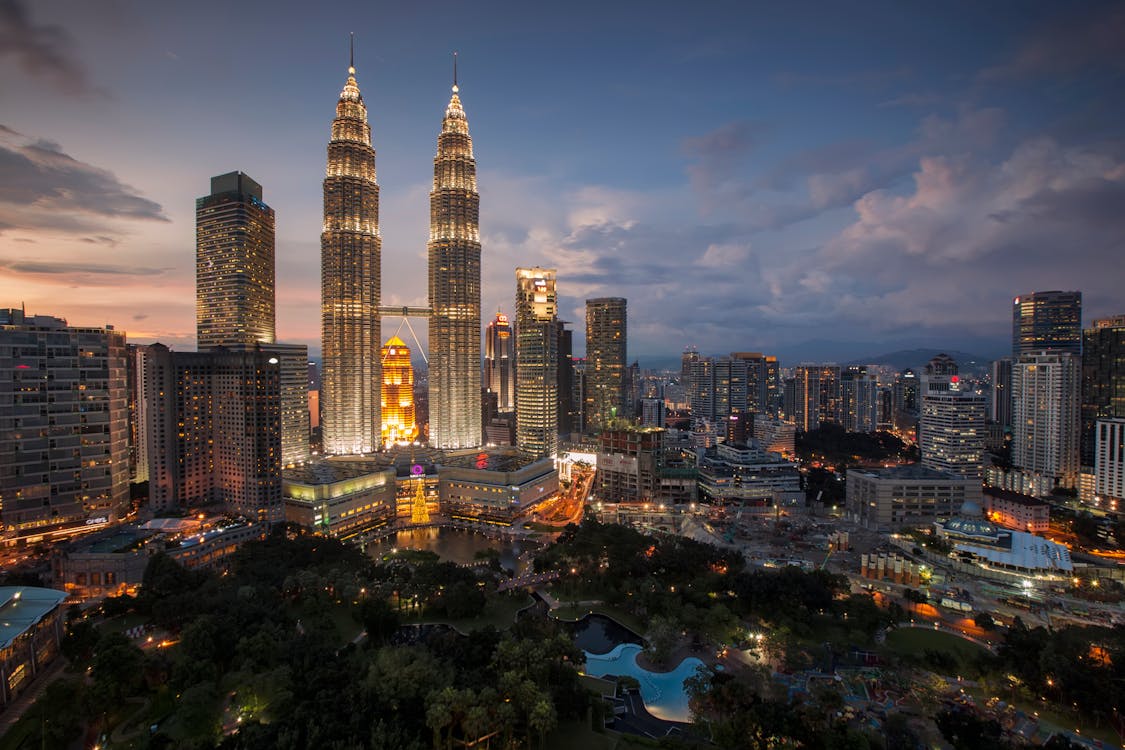Malaysia is a Southeast Asian gem known for its vibrant culture, stunning landscapes, and bustling cities. The country is divided into two main regions: Peninsular Malaysia and Malaysian Borneo, separated by the South China Sea. Peninsular Malaysia is home to the capital city, Kuala Lumpur, a dynamic metropolis renowned for its iconic Petronas Twin Towers, bustling markets, and diverse culinary scene. Malaysian Borneo, comprising the states of Sabah and Sarawak, offers lush rainforests, diverse wildlife, and some of the world’s best dive sites.
The cultural tapestry of Malaysia is incredibly diverse, reflecting its multi-ethnic population that includes Malays, Chinese, Indians, and various indigenous groups. This diversity is evident in the country's festivals, cuisine, and architecture. Major religious and cultural celebrations such as Hari Raya, Chinese New Year, and Deepavali are celebrated with great fervor and are marked by vibrant parades, traditional performances, and delicious food. The harmonious coexistence of different cultures is a hallmark of Malaysian society, contributing to its rich and varied cultural heritage.
Malaysia’s natural beauty is another significant draw for visitors. The country boasts some of the world’s oldest tropical rainforests, such as Taman Negara, which is a haven for biodiversity and adventure activities like jungle trekking and canopy walks. The Cameron Highlands offer a cool escape with their rolling tea plantations and strawberry farms. For beach lovers, the islands of Langkawi and the Perhentians provide crystal-clear waters, white sandy beaches, and excellent snorkeling and diving opportunities. The Kinabalu Park in Sabah, a UNESCO World Heritage site, is home to Mount Kinabalu, one of the highest peaks in Southeast Asia.
The Malaysian culinary scene is a delightful exploration of flavors, combining influences from Malay, Chinese, Indian, and indigenous cuisines. Street food is an integral part of Malaysian culture, with hawker centers and night markets offering a variety of dishes such as nasi lemak, char kway teow, roti canai, and laksa. Each region has its specialties, making food tours a popular activity for tourists. The fusion of flavors and the emphasis on fresh, local ingredients make Malaysian cuisine a unique and memorable experience for food enthusiasts.
Economically, Malaysia is one of the most dynamic and rapidly developing countries in the region. It has a robust economy driven by industries such as manufacturing, electronics, tourism, and palm oil production. The country has made significant strides in infrastructure development, education, and healthcare, improving the quality of life for its citizens. With its strategic location, rich cultural heritage, and commitment to modernization, Malaysia continues to attract investors and tourists from around the world, positioning itself as a key player on the global stage.

